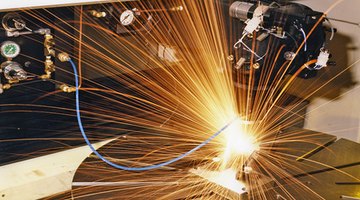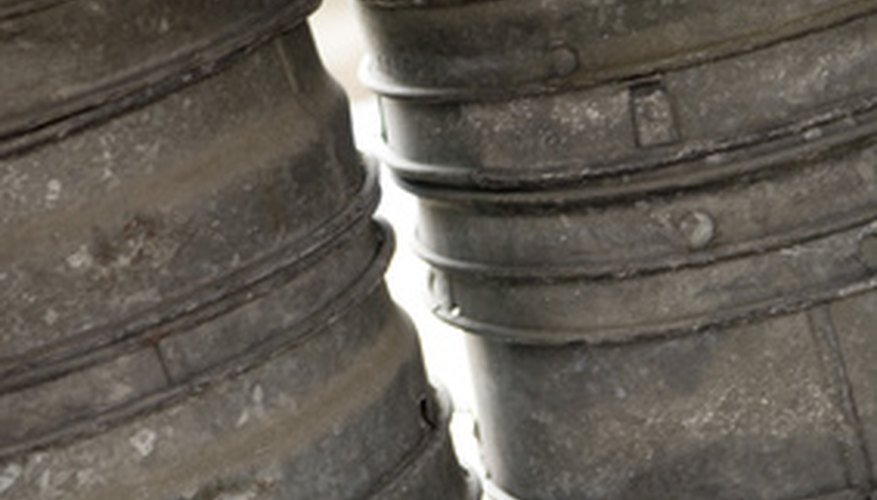Galvanised steel and stainless steel are both used in environments where they will be exposed and prone to corrosion. Costs for either material vary significantly, but stainless steel tends to be much more expensive in material and working costs. Stainless steel is the better option when it is needed for aesthetic or nonreactive applications.
Galvanised Steel

Galvanised steel is steel coated with a thin layer of zinc. Zinc, like most metals, generates an oxide layer when it is exposed to air, and this layer protects the zinc from further corrosion. Galvanising protects the steel from corrosion. You can often see galvanised elements on the coast and in commercial settings where aesthetics or reactivity are not primary concerns.
- Galvanised steel is steel coated with a thin layer of zinc.
- Galvanising protects the steel from corrosion.
Stainless Steel

Stainless steel is a broad term for many alloys of steel that have a high chromium content. The chromium reacts with air and forms a chromium oxide barrier, which keeps the metal from further corroding and can increase its lifespan. The exposed Gateway Arch in St. Louis is a good example of the durability of stainless steel.
Stainless alloys are highly nonreactive, so they are suitable for food and medical uses.
- Stainless steel is a broad term for many alloys of steel that have a high chromium content.
- Stainless alloys are highly nonreactive, so they are suitable for food and medical uses.
Fabrication
Galvanised steel can be fabricated and manipulated like normal steel, which makes it a far more cost-effective option. Anyone who can work with steel can also work with galvanised steel, though he will have to take precautions from the mildly toxic fumes.
Stainless steel is harder to manipulate, and one must find craftspeople who specialise in stainless steel to work with it. These shops charge more than regular steel shops because of their special skills. They may charge upward of 50 per cent more to fabricate stainless steel than galvanised steel.
- Galvanised steel can be fabricated and manipulated like normal steel, which makes it a far more cost-effective option.
- Stainless steel is harder to manipulate, and one must find craftspeople who specialise in stainless steel to work with it.
Costs of Each
Steel prices change daily. They are primarily driven by supply, demand and energy prices. Galvanised steel costs a few cents more per pound than regular structural steel. Stainless steel costs four to fives times much as galvanised steel in material costs. Structural steel is holding somewhere between 30 to 80 cents per pound, while stainless steel is at least £1.90 per pound.
- Steel prices change daily.
- Stainless steel costs four to fives times much as galvanised steel in material costs.
Considerations
Both galvanised and stainless steel have excellent protection against corrosion and can pay for themselves over a long period, but the two differ greatly in price. Stainless steel is several dollars a pound, while galvanised steel is still less than a dollar a pound. Because prices change daily and also depend on how much you are buying, consult steel suppliers or local shops for an accurate quote.
